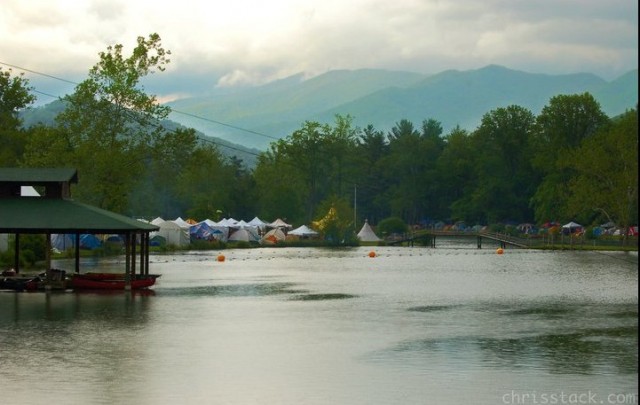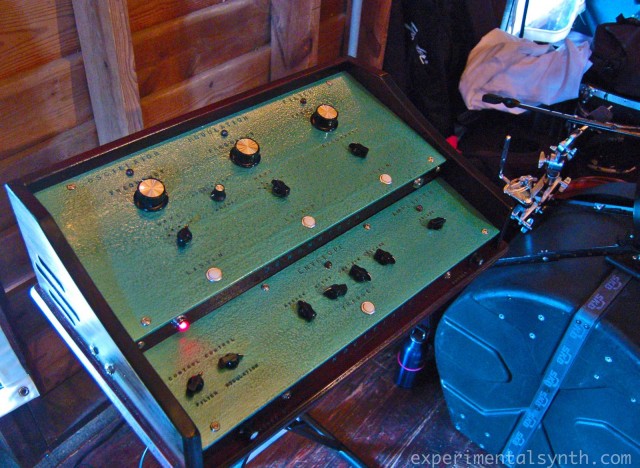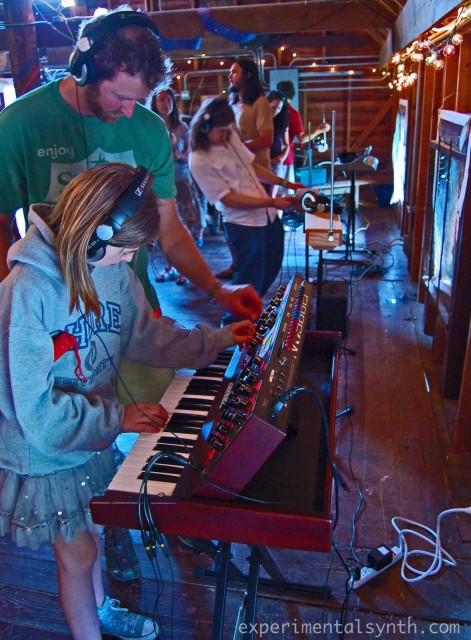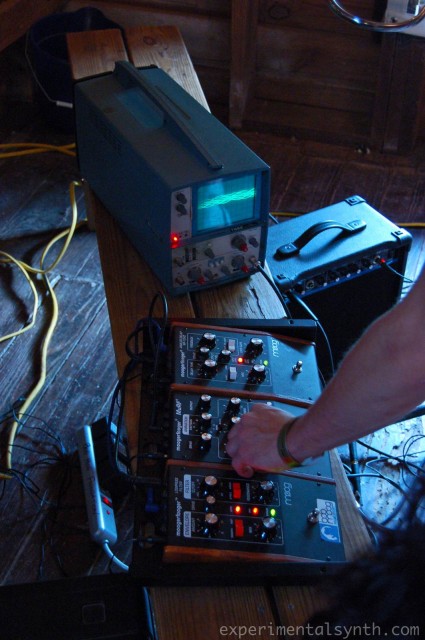What’s a “lab,” anyway? For music, any number of tools – software or hardware – can become gateways to creative musical explorations. Chris Stack joins us again to look at Nodal, Mac/Windows software that generates musical patterns from graphical maps of nodes, alongside hardware explorations. Along the way, Chris has some reflections on composition itself. -Ed.
Sometimes life imitates art. Sometimes life imitates avant-garde art. Random events placed together can often form surprising harmonies, causing daily affairs to resemble an aleatoric composition. This concept was brought to mind by the juxtaposition of a pair of recent events.
The first was downloading a demo of Nodal. I was immediately drawn to its unique way of making music. Setting up constantly-evolving soundscapes in multiple time signatures was a breeze. You create music by drawing networks of nodes. Nodes can trigger a set note or step through a list of pitches on each visit. The lines (“edges” in Nodal parlance) connecting them can transmit MIDI continuous controller commands and individual networks may be triggered by external MIDI notes. This is not your father’s sequencer.
I couldn’t wait to dive in, but the second event required me to postpone that for a bit. Event #2 was a visit to the Lake Eden Arts Festival: an incredibly enjoyable amassing of creativity held twice yearly on the grounds of the former Black Mountain College.
Black Mountain College was a progressive educational institution that was home to some of the leading innovators in the arts during the 30s, 40s and 50s. I listened to Maceo Parker play near the spot where Buckminster Fuller built his first geodesic dome and swayed to honky-tonk blues in a log hall where Merce Cunningham once danced. I visited the Bob Moog Foundation’s MoogLab exhibit on the grounds where Einstein was a guest lecturer, all the while thinking of the amazing things I could do with Nodal when I got home. The fact that Black Mountain College was also the site of John Cage’s first Happening also affected my Nodal thought experiments. The irony and beauty of that bit of aleatoric magic still makes me smile.
After the festival, I dove into Nodal headfirst and have had a great time experimenting. It has so far worked seamlessly with my softsynths and external hardware. Pitch lists, velocity lists, random branching and wormholes combined with analog and digital synths and controllers are opening new ways of creating and interacting with music. Cage would have loved it.
Links:
Aleatoric Composition [Wikipedia]
Nodal provides one way of exploring music onscreen; Chris provides some images of the MoogLab’s hardware for more tactile sound manipulations. You know — for kids!
Many more sounds and explorations on Chris’ Tumblr site:
http://experimentalsynth.tumblr.com/
Previously, Chris shared some work that went from a tiny little phone all the way to a very big set of pedals: From a Little Droid to a Big Moog Taurus Pedal, Analog to Digital, More Experimental Sound Tips



